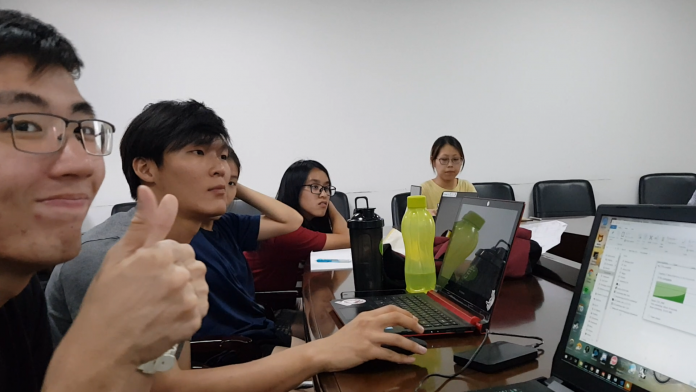Hello there! Alex here.
I’ve been pretty busy of late, and still am, so I’ll be combining the blog posts for Weeks 5 and 6. For week 4’s post, click here!
As part of the TFI-LEARN (Temasek Foundation International Leadership Enrichment and Regional Networking) Programme, us recipients go through an enriched version of the Asian Leadership Programme (as if it were not packed enough already!). Amongst these many wonderful additions, including the writing of these blog posts, we also have the opportunity to undertake some form of community service – and for this batch, we’ve had the privilege of working with the Hangzhou Hushu School. As mentioned in my prior posts, the school serves those with special needs, and we were to plan and carry out a handful of activities for their students. As planned, these activities were clustered within these two weeks – while we were still reasonably free (although the DIP students would strongly disagree).
Our liaison, Teacher Wu, had suggested prior that we should plan activities that distinguish us from the common university student – that the students should sense, at the very least, that we came from a very different place (what’s the point of having exchange students, after all?). We wracked our brains for something with a distinct Singaporean, or SUTD, flavour, and I’d say (in retrospect) we did pretty well.
Our first activity was a paper plane competition – the brainchild of our resident DJ and memelord, Keng Hin. It’s not an original idea, given that Keng Hin and I were running the same event under the House Guardians banner some time back, but I realized it carried that typical SUTD flavour – one that demanded depth in creativity and technical competency, with a dash of fun and competition for sharpness. In almost any other circumstance, it seemed like a good idea.
But I suppose we forgot about our audience – the first activity was to the youngest of the students. Now, to clarify, the students of Hushu are split into classes not by age, but by approximate ability (which also comes with age, but it’s a broad enough metric to safely account for those who are faster) – and that also means we were dealing with students who were least likely to have that technical competency needed for folding paper planes. Cue the activity, and the problem became obvious – the students were, understandably, distracted and disinterested. Some were fascinated by the paper planes we folded as examples (and also practice, for us) but almost none took interest in the folding process itself.
Before I continue, I must make clear that I really, really, really don’t like kids (not all though; some are alright. Kinda cute, in fact). I’m a grouchy old man in a 22 year old shell, and the younglings always get on my nerves with the screaming and crying and general misdemeanour. It’s such a sore spot for me that I’ve often found myself asking my mother if I’ve ever behaved that way (She claims that I was quite an easy child to handle – always laughing, and very round as well). I know that they’re kids, and kids will be kids, but it doesn’t make it any less irritating.
Imagine my absolute joy when I found myself with the youngest of the batch. I don’t deny I was equal parts frustrated and helpless during the activity.
The next activity we planned, which was scheduled in the later half of week 5, entailed a dance that Wesson, Kenji and Timothy choreographed to some popular Chinese tune (I still doubt this, given that the tune is about seaweed). Timothy, given his International Baccalaureate background, isn’t really proficient with Chinese, so the burden of teaching (and hence speaking in Chinese) fell upon Kenji and Wesson – which they proceeded to do with aplomb. The students definitely enjoyed themselves, and I think it’s a testament to the trio when you have teachers joining in and having fun as well.

The last activity was scheduled for 22nd June (which, as of writing was yesterday). Technically it’s part of week 7, but I’ll just include it here for completeness. This batch of students was the oldest of the bunch – they were undergoing vocational training in the school. In a grand reversal of fate, Teacher Wu suggested we go through the vocational training with them, after which we planned to teach them more paper folding things (we had a variety of backup plans, including a rerun of the seaweed song dance, but those never came into play). I think this round was pretty great too, with everything going quite smoothly.
Another major point for these two weeks was the ending of the Design Fiction course, and the start of the Design Thinking course. With the closing of Design Fiction, we had one final assignment – a three-minute-long video about Generation Z (the post-2K generation). The subject lent itself towards being a really serious video, but SUTDents being SUTDents, the memes crept in and pretty much all of the videos took a tongue-in-cheek interpretation of the matter – ours took inspiration from the Youtube channel Tierzoo. Real life, in our video, was a game, with age as levels and generations as updates and patches. It made of an interesting premise, and I thought it came out great – thanks to Timo’s editing and Kenji’s on-point (or is it?) depiction of a post-millennial. I have the video stashed away somewhere, but for my sanity and yours (and SUTD’s image), it’s not appearing on this blog.
I suppose I could be convinced if you asked really nicely. Perhaps.
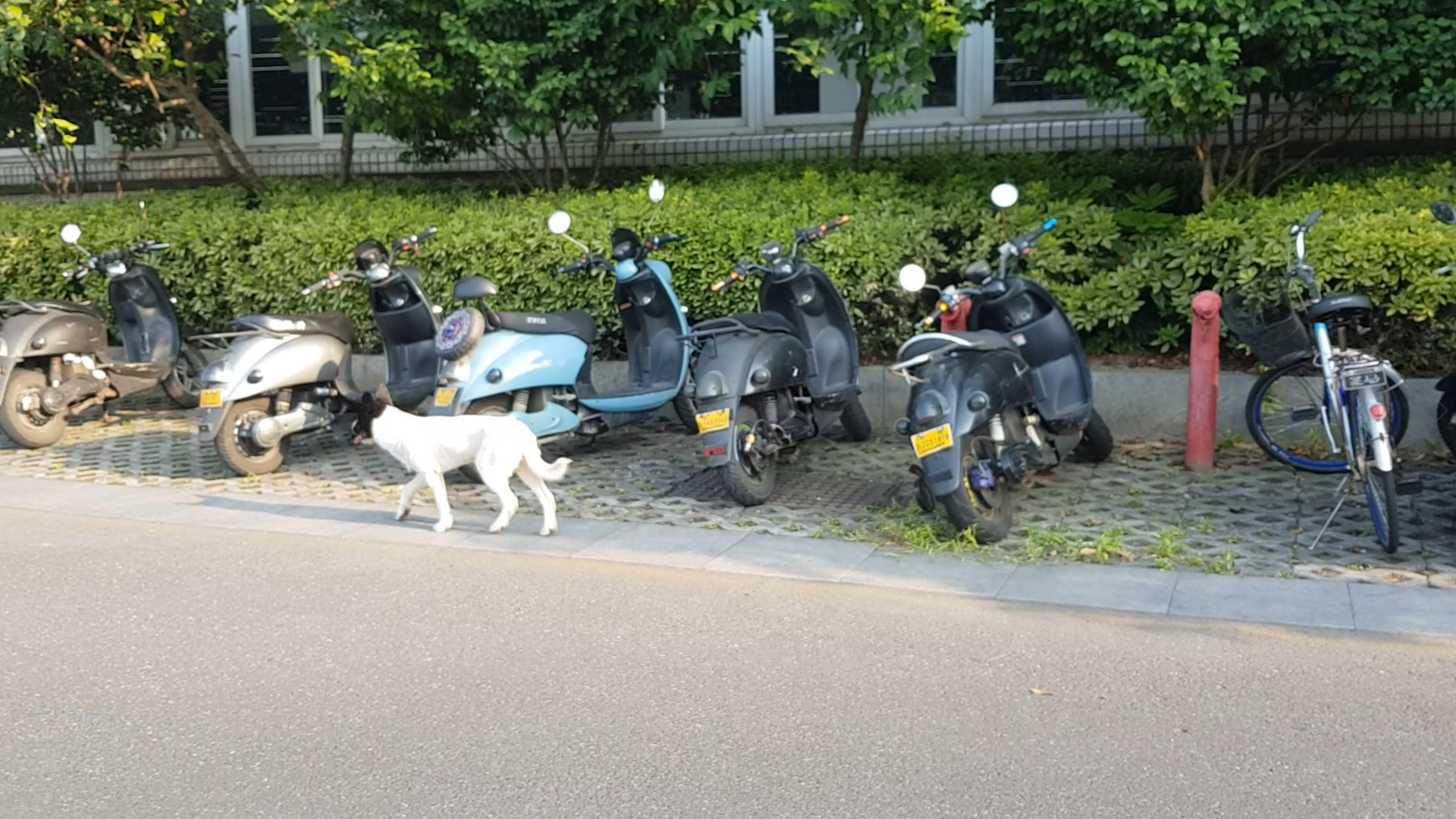
As for Design Thinking, I personally don’t understand why the course is named as such. At its crux, it was a course where we ultimately would use a book utilising some sort of printed paper actuator technology from Carnegie Mellon University. I suppose it’s interesting as a creative project, but I really can’t quite see the design thinking in this. Perhaps it’s because I’m an engineer-to-be, and engineers, to quote the eponymous Team Fortress 2 character, solve practical problems.
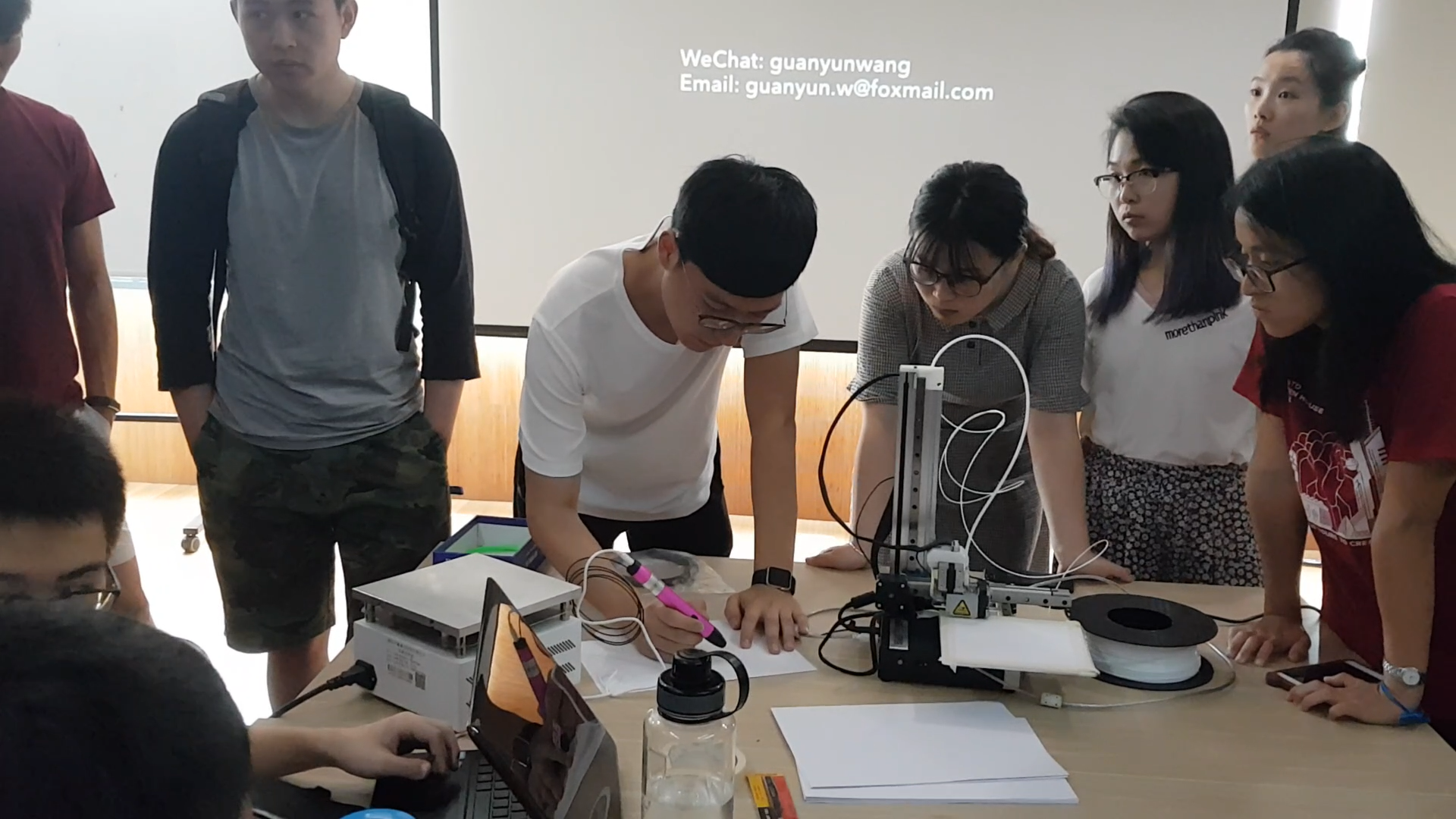
Meanwhile in the theme, we’re starting some real proper work on the project, with a sort of schedule plus goals and what not. It’s still a huge pain to learn D3 (make no mistake, it’s a wonderful library that makes a lot of things easier, but damn learning from zero is hard), given the implicit requirements of knowing CSS, HTML, and Javascript, but hey, it’s SUTD and self-learning is pretty much what we do on a daily basis.
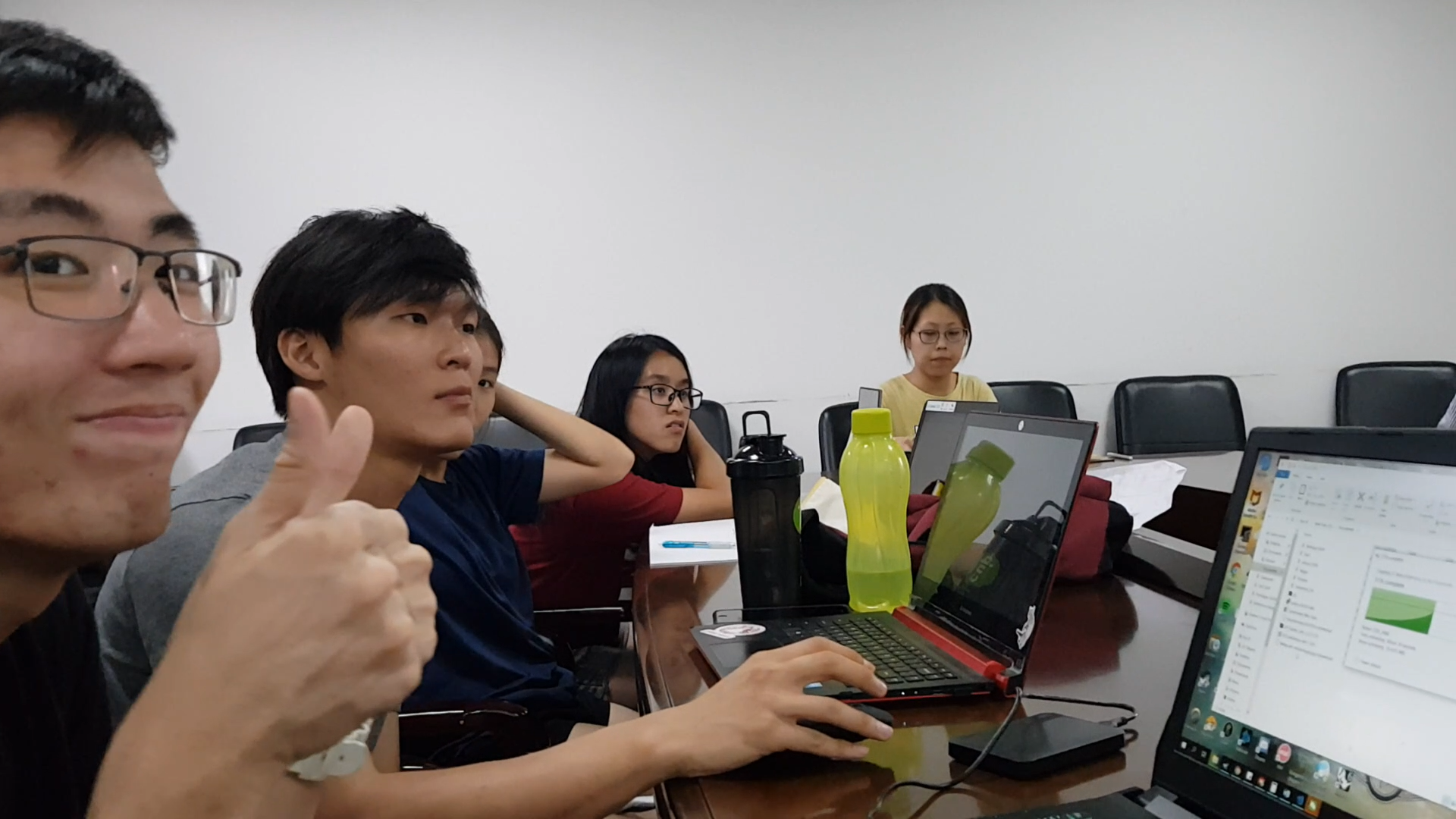
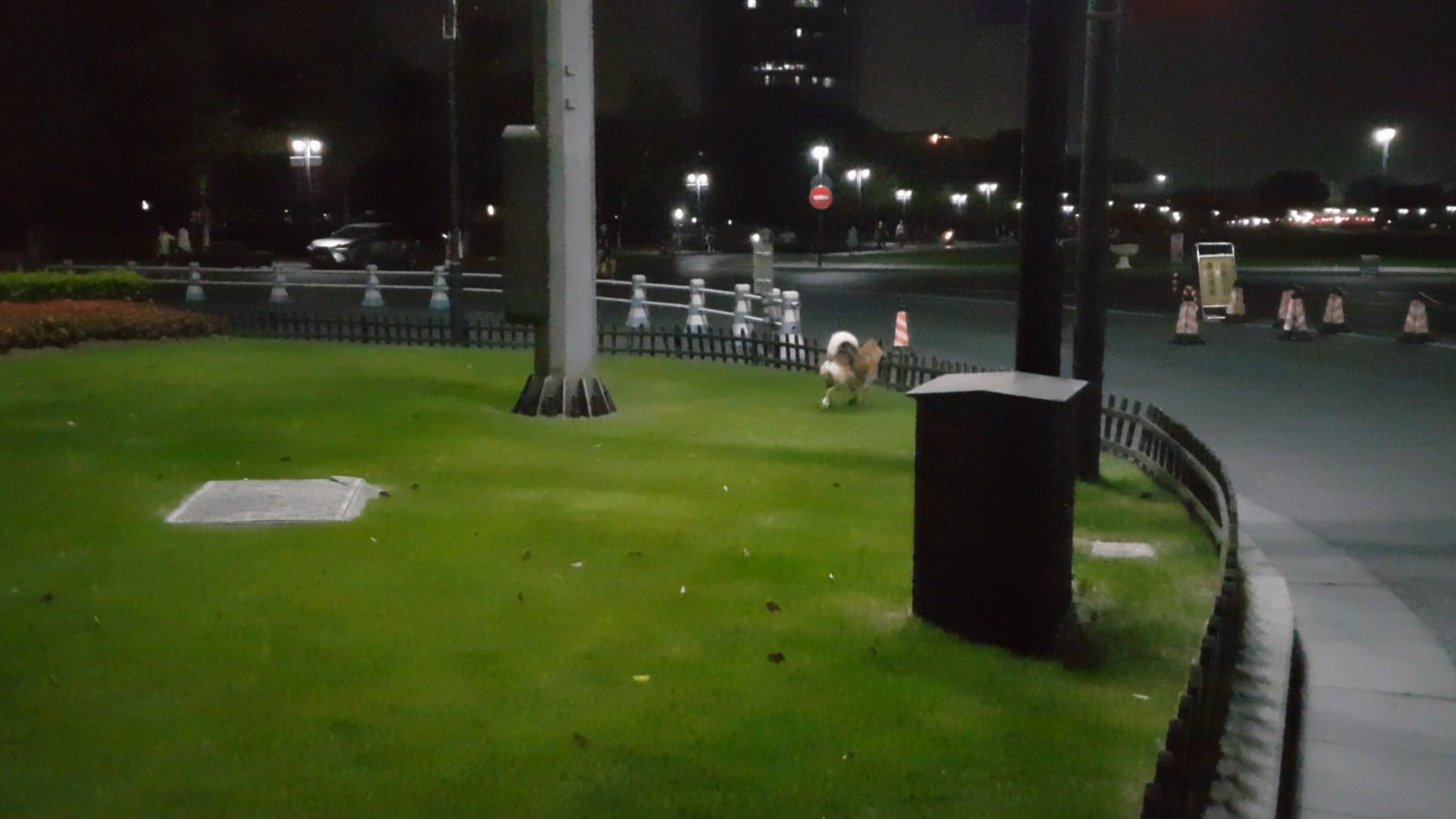
We also had the amazing opportunity to visit Yamaha’s Hangzhou factory. The trip was unsurprisingly popular, with slots being snatched up within the hour of release. With so many musicians on exchange, this comes with little surprise. Yamaha instruments have been a pretty major part of my life – my mom and dad both own Yamaha classical guitars, and somehow 3 of my first instruments have been Yamahas – my mom’s guitar was handed down to me, my first piano was a Clavinova (a proper electric piano, not the cheap wonky ones that fit on tabletops), and when I first picked up the tuba in junior college. Suffice to say, I had a bit of a fanboy moment when I got the slot for the trip.
We rolled into the factory after an hour-plus long ride. As with every guitarist, one eventually becomes curious as to the origins of a guitar – how it’s made and what goes into it. That usually gets people into customs and handmade guitars, as did I some time ago (never could afford one), and now I get to see the birth of an instrument with my own two eyes. The tour started off with the typical history of the company, plus some production statistics – not really important to me, to be honest – and it left me somewhat expecting more. That’s when the staff requested that we leave our phones in the room. We’d be heading into the factory, and to protect themselves from corporate espionage (or rather, just dumb students posting up secret techniques and what not), they had to make sure there’d be no phones in the factory.
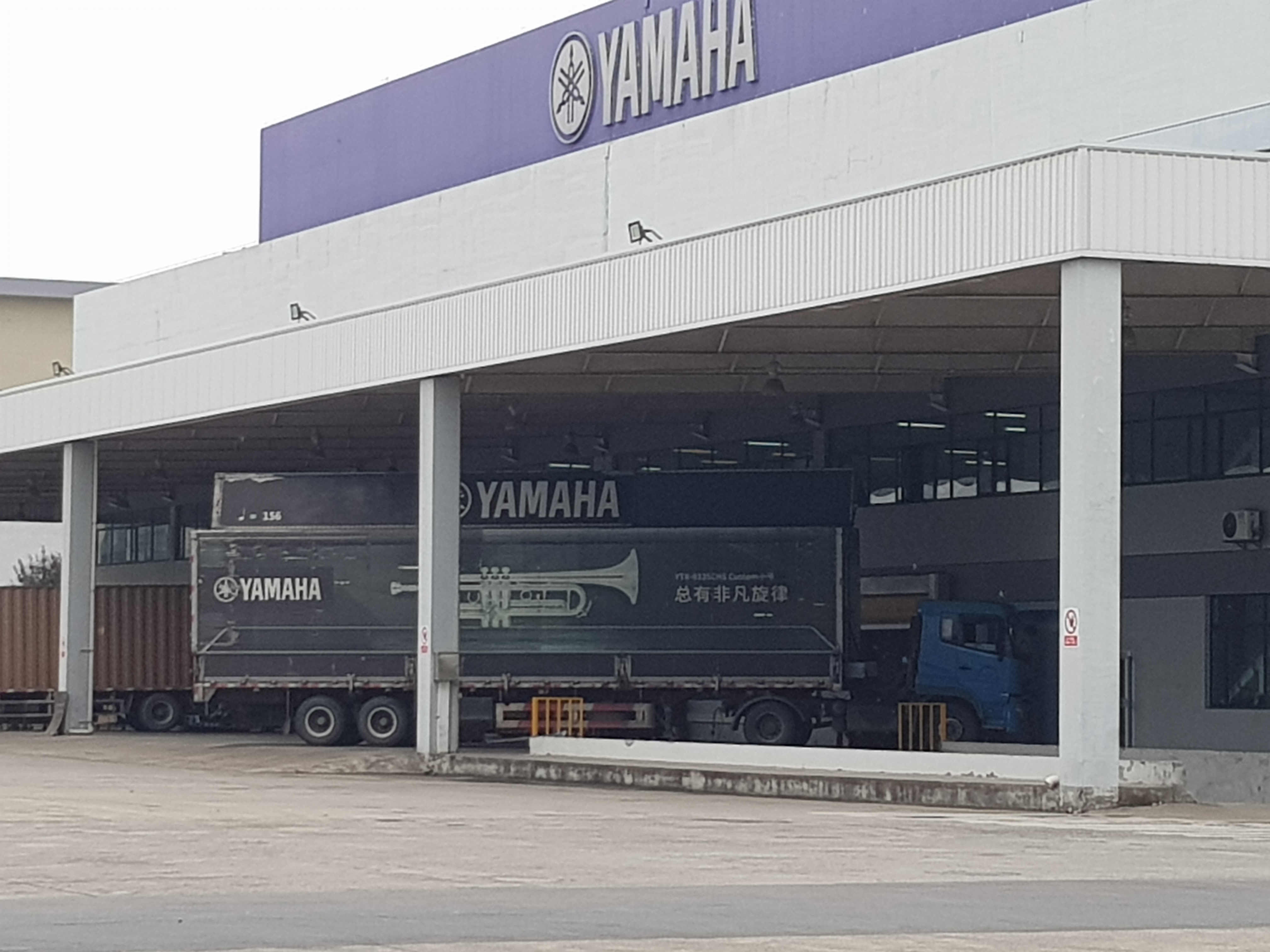
Cue the walking and talking, with the Japanese managers of the plant accompanying us (and explaining in Japanese, which was translated by a staff) through the trip. We proceeded to gawk and the towers of wood being dried and treated before being moulded into instruments, and I personally got pretty excited seeing slabs of mahogany and rosewood (woods you’d commonly find in electrics). Sauntering through the factory (and being deafened by the noise of industrial machinery), it was plain to see the combined influence of division of labour and Japanese ingenuity – as with any large-scale factory, the factory floors were sprawling with different stations, each adding just a little bit to the instrument, bringing it ever closer to completion. For the piano lines, rails criss-crossed across the floor, with each instrument mounted on a rolling platform that would ferry it to different stations, until it was finally packaged and readied for shipping. We headed up to the guitar production lines – there were no proper electrics being made, so that was somewhat of a disappointment – to see how random planks of wood were transformed into fully-fledged guitars. I had always known the approximate steps that turned plank to instrument, but it’s something else to get to see it in person. With the tour done, we retrieved our phones, snapped a group photo, and endured a long ride back to ZJU.
Shame I couldn’t snag a guitar before going. Hehe.
My mom also swung by to say hello (and buy stuff hohoho) so I’ve got some nice photos of Taiziwan in Xihu. Cue photos.
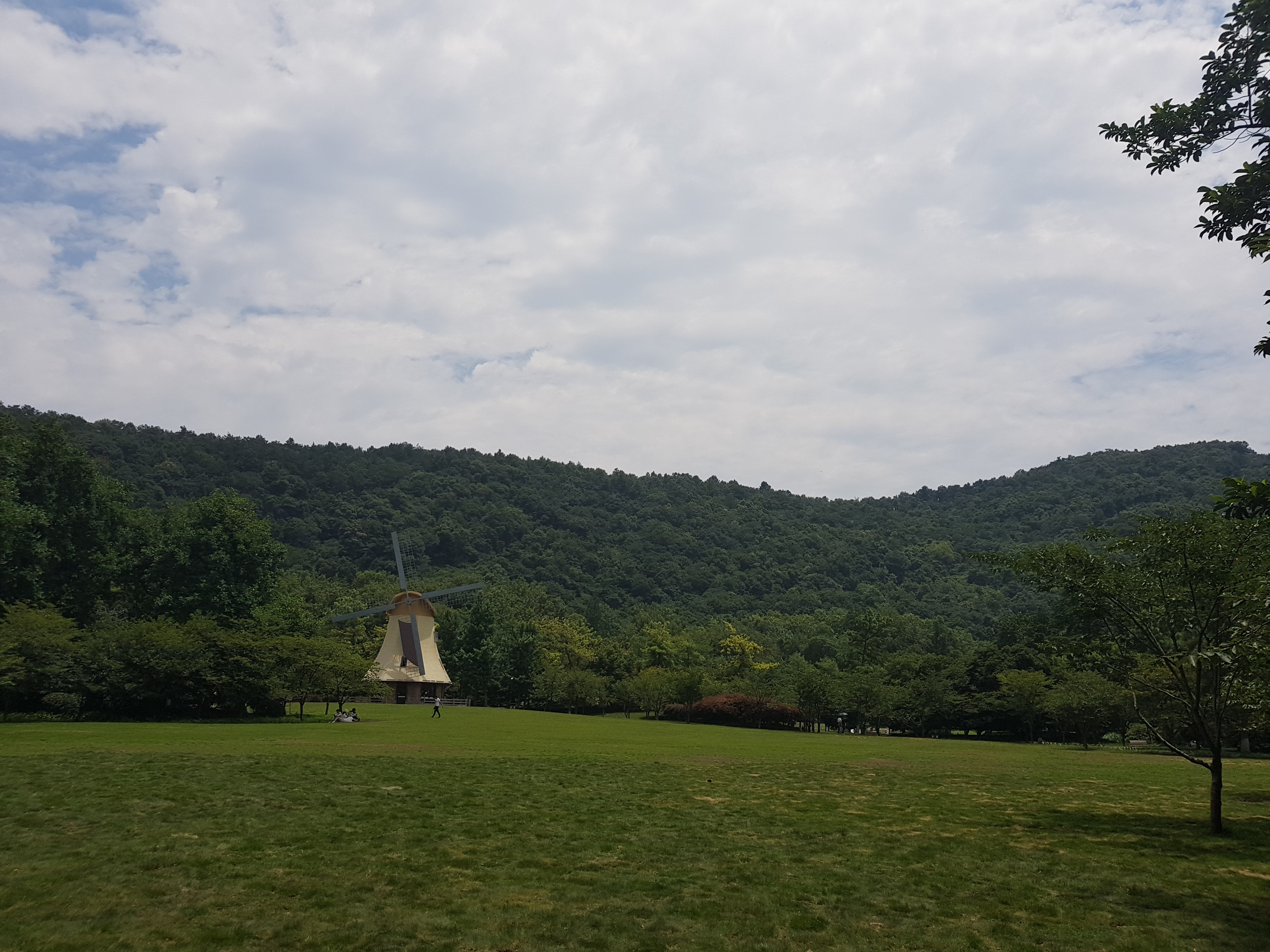
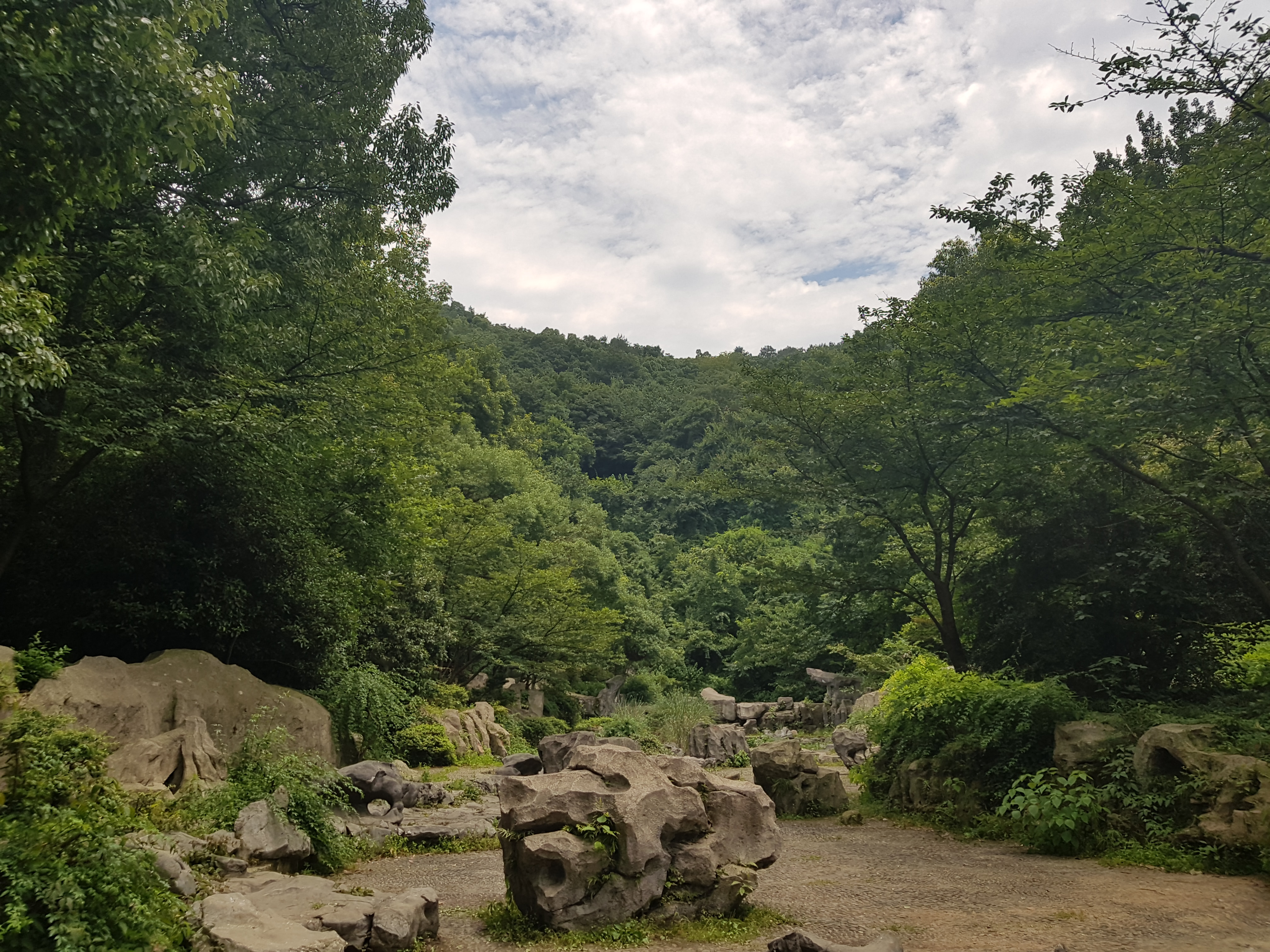
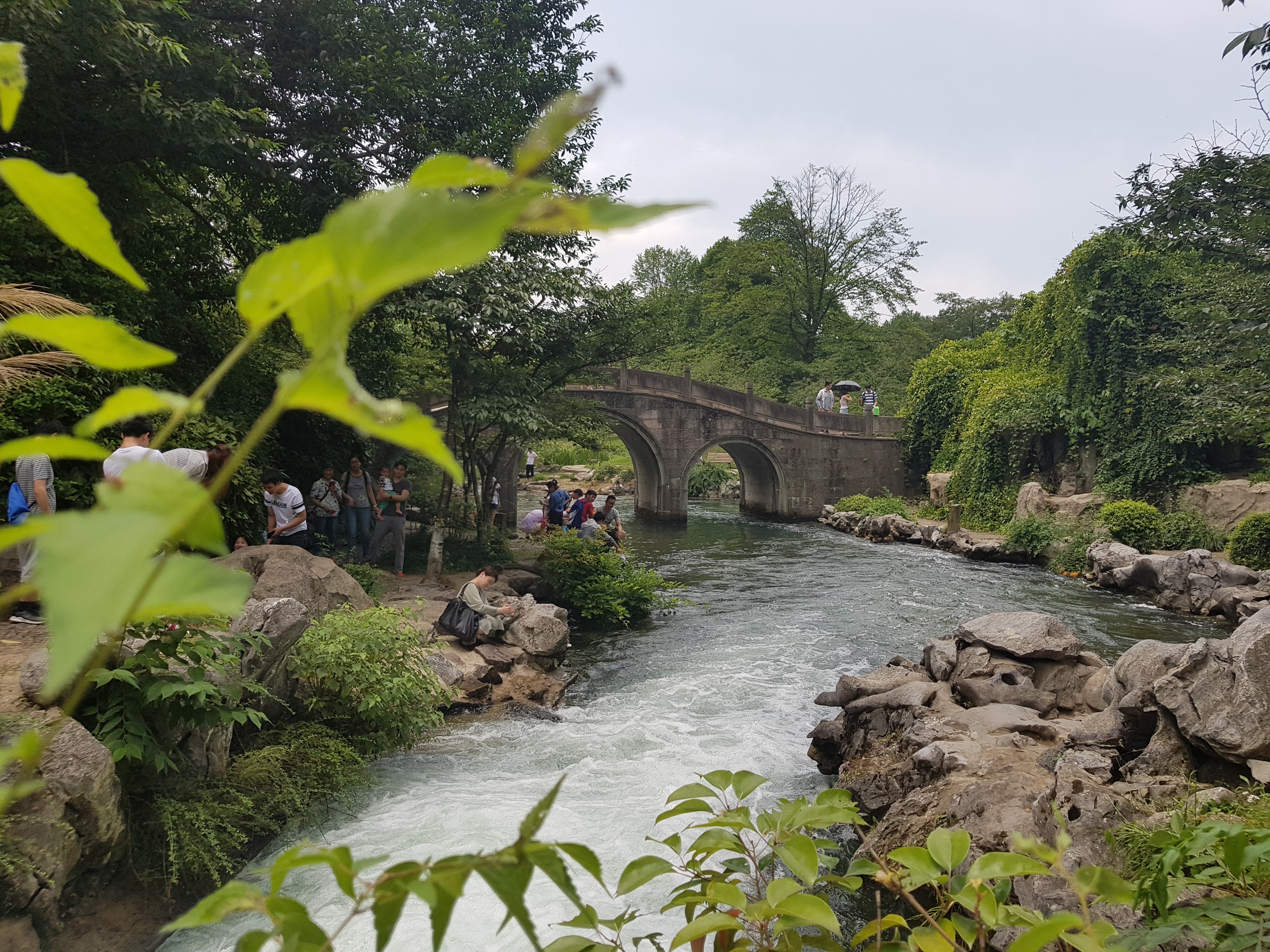
Well, that’s pretty much how weeks 5 and 6 were. I know I’m quite far behind on posts – life in general has been busy – but I promise to deliver quality doggo photos posts in the coming weeks. In fact, cue the cats and dogs and food.

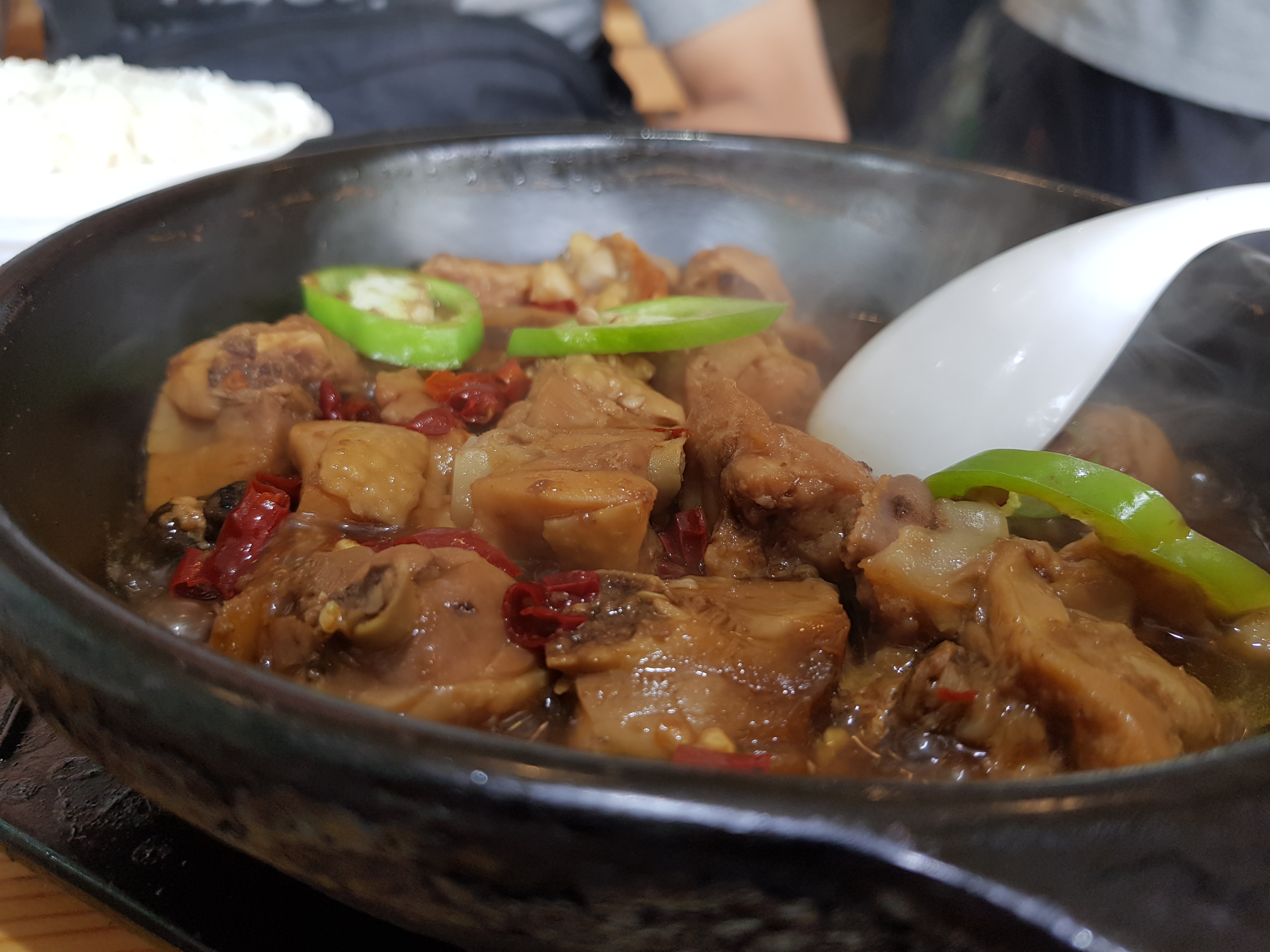

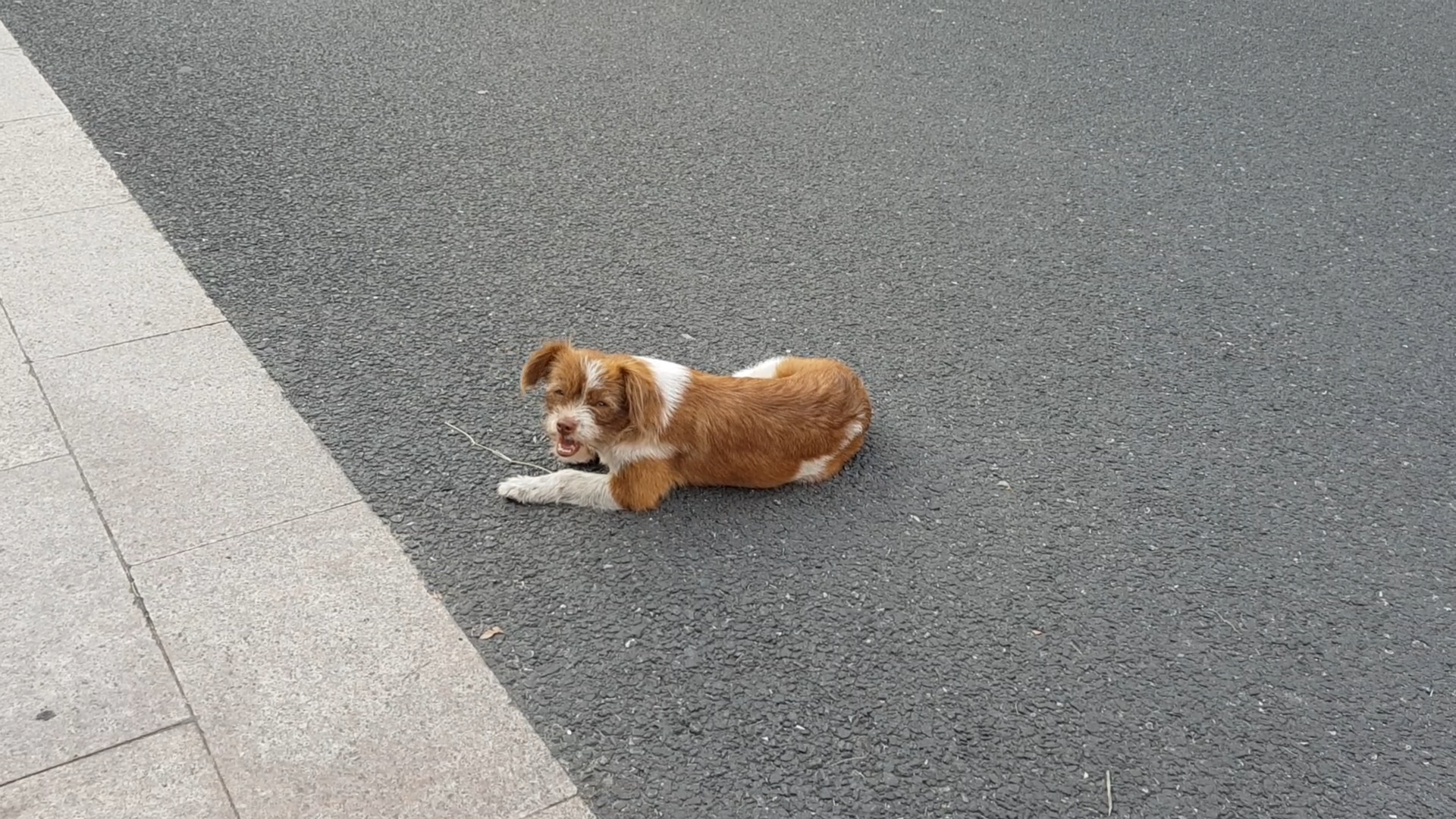
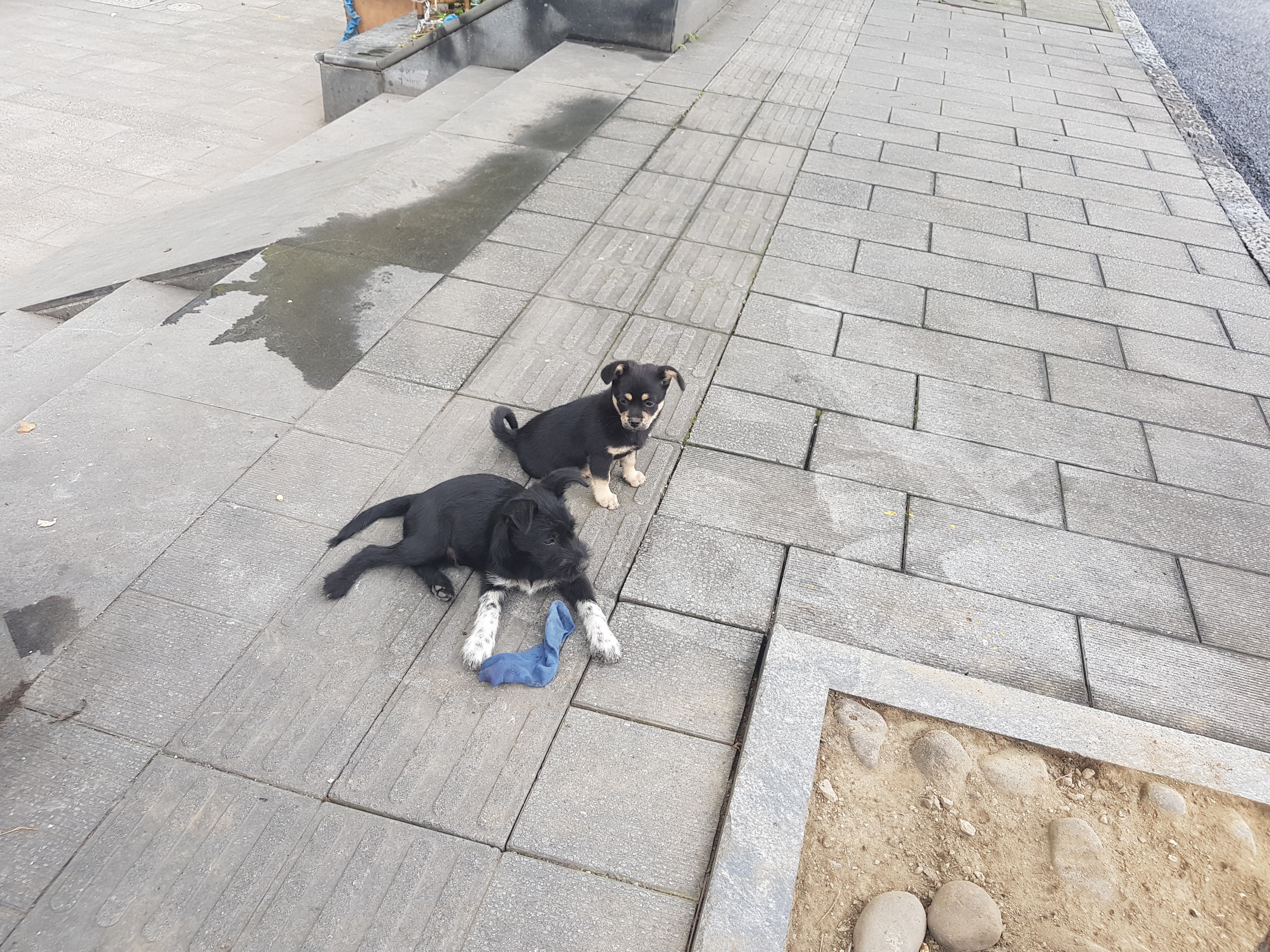

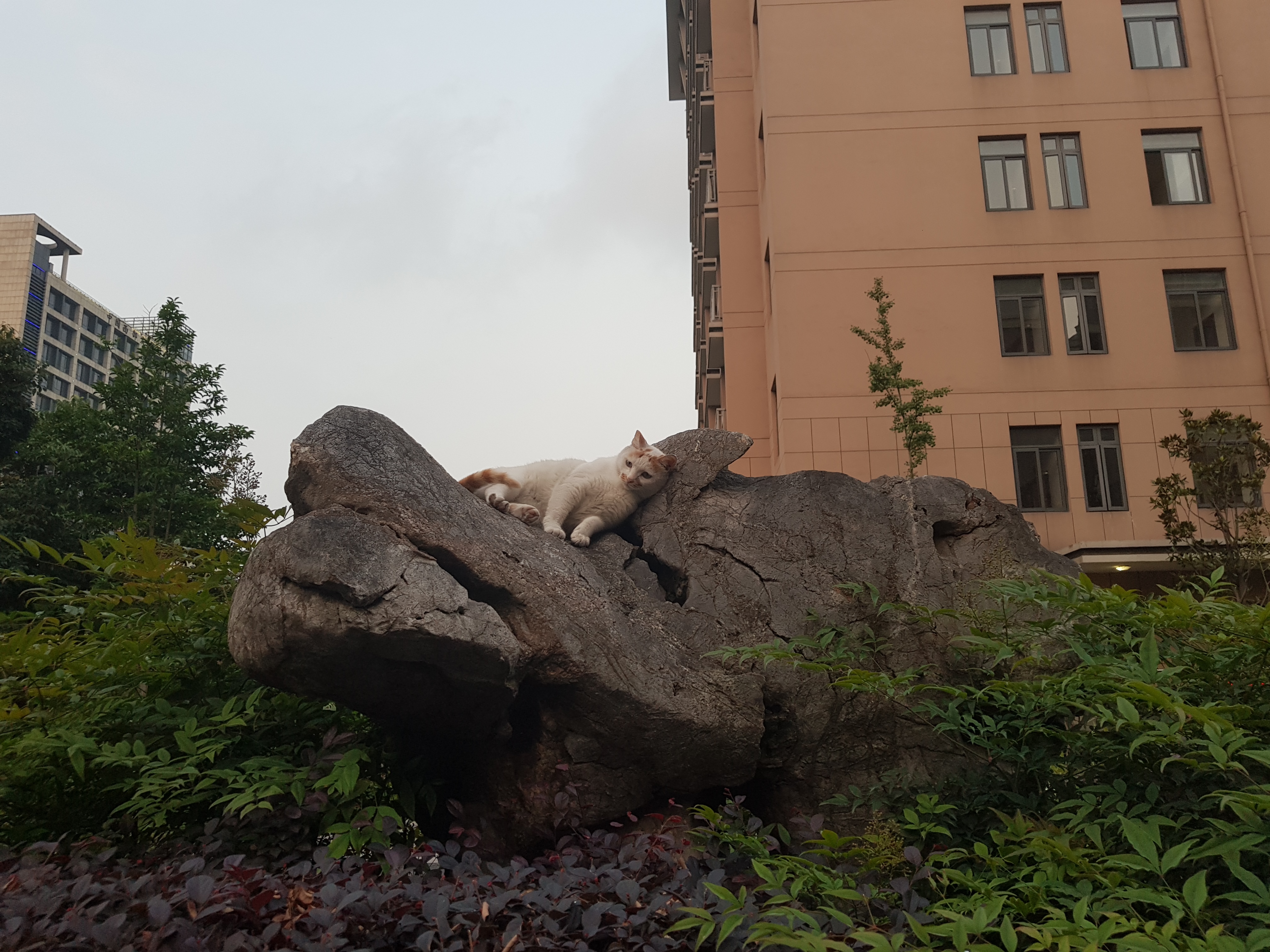

Then next post can be found here.




















